If you haven’t already started thinking about frost, now is the time to turn your attention towards preparing your yard. One of the key areas to focus on is your container garden. More specifically, you should be aware of the winter container gardening mistakes so many home gardeners unknowingly make.
A container garden is a wonderful asset for the yard, as it allows you to show off the best seasonal plants. But, failing to care for the best winter flowers for pots correctly could result in their demise and even damage to your containers.
You may like
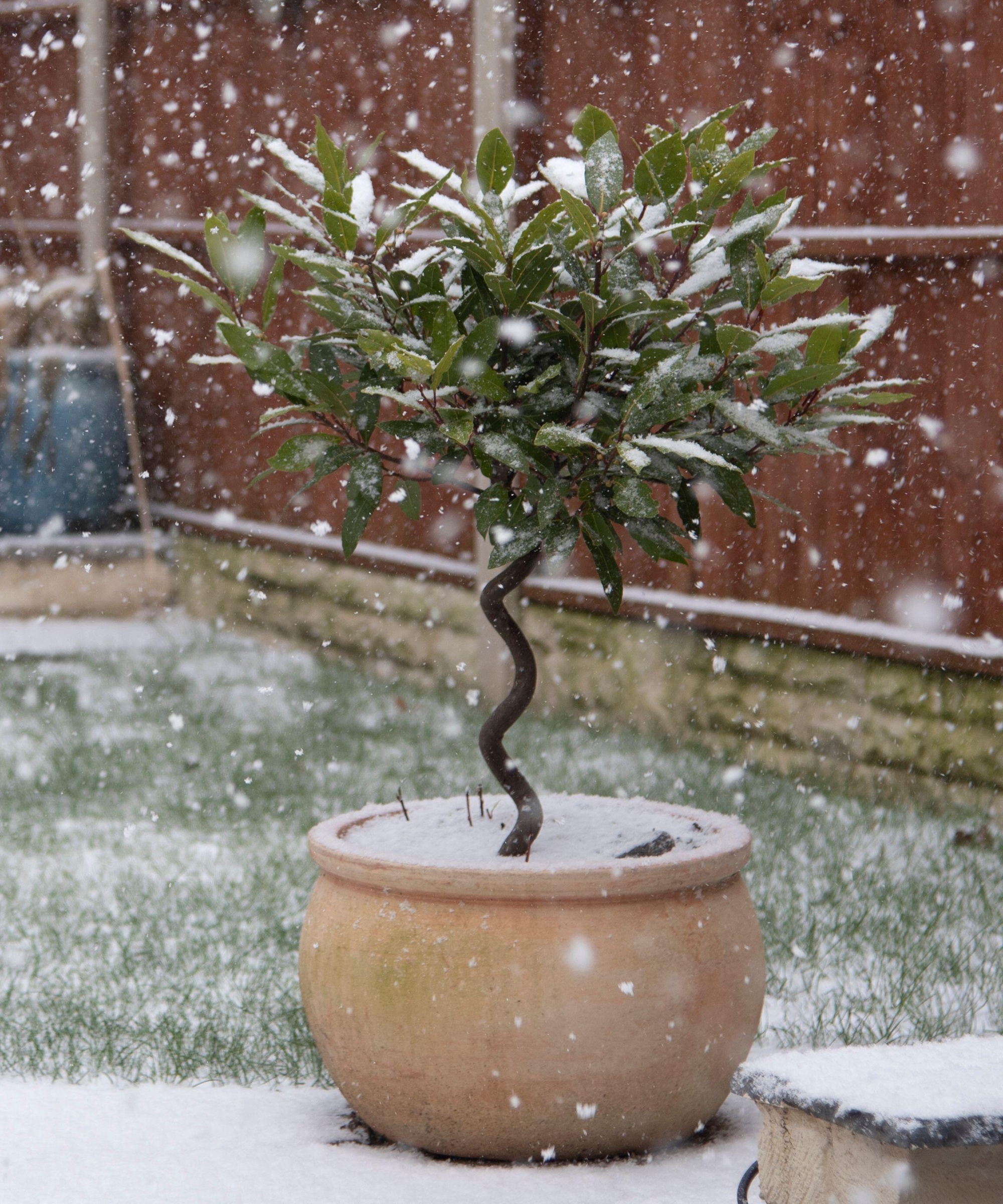
(Image credit: John Martin via Alamy)
3 winter container gardening mistakes to avoid
If you have containers in your winter garden, it’s best to put the right precautions in the place to make sure your pots and plants make it through the harshest season unscathed. These three winter container gardening mistakes are a good place to start:
1. Using too-small pots
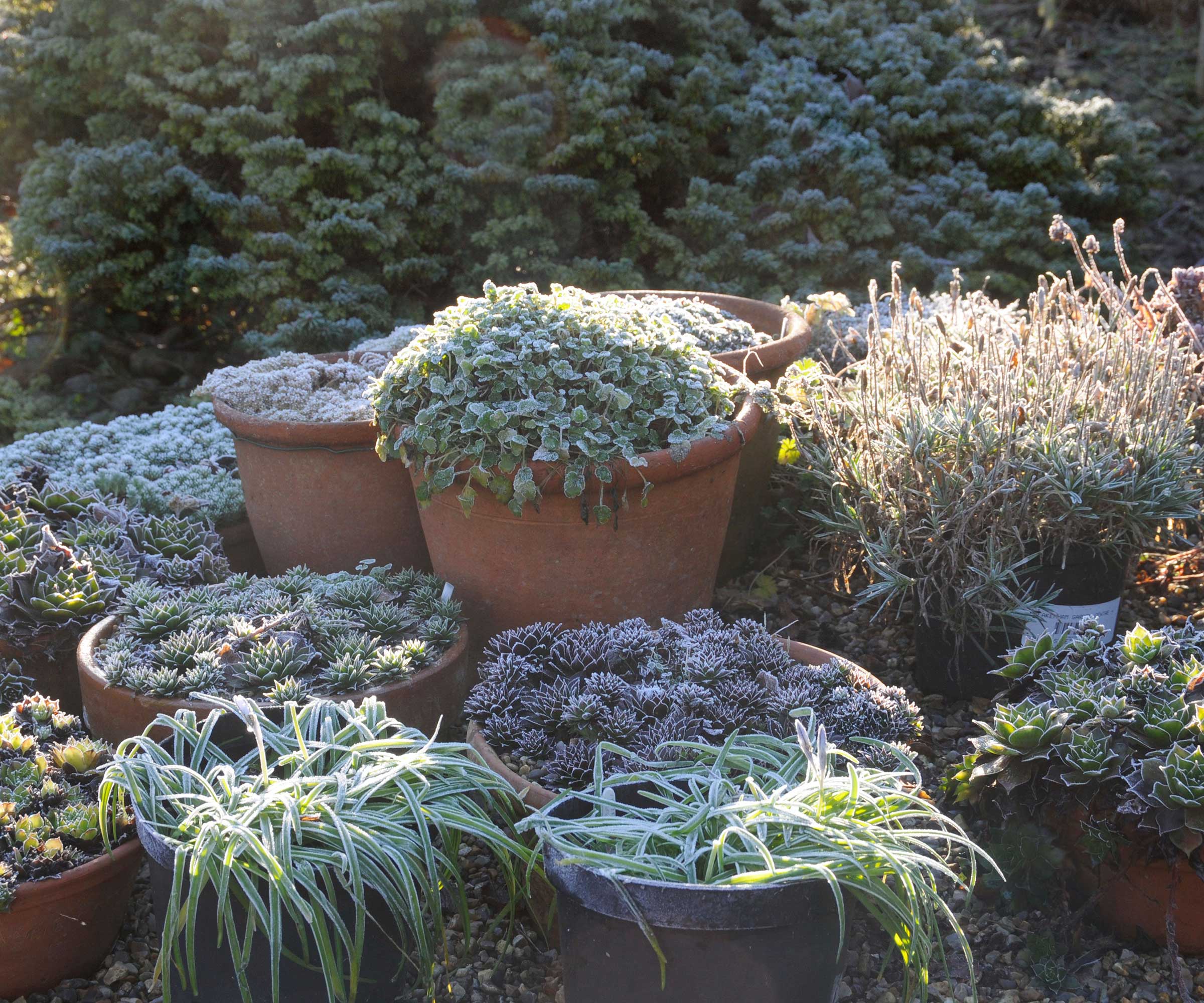
(Image credit: GKSFlorapics / Alamy Stock Photo)
The first rule of protecting pots and planters from frost is making sure you’re using the right containers. Not only does this refer to frost-proof materials (like this concrete planter from Amazon), it also means choosing the right size.
‘You want to use bigger pots,’ says Lindsey Chastain, homesteader and founder at The Waddle and Cluck. ‘Small pots get colder faster and warm up more slowly,’ she explains.
This could result in a number of issues, including roots freezing and pots cracking. Switching to bigger pots will help provide a bit more warmth.
Of course, you need to keep in mind which winter plants you’re growing in your containers. It would be a bigger container gardening mistake to use a too-large pot for the type of plants you’re growing, which could cause issues such as root rot from oversaturated soil.
If you aren’t able to use bigger pots for winter, Lindsey recommends:
‘Move pots closer to shelter where they will be out of the wind, use cold frames, or a portable greenhouse (from Amazon). You can clutter pots close together to help save on warmth, too,’ she adds.
 Lindsey Chastain
Lindsey Chastain
Social Links Navigation
Gardening Expert
Lindsey Chastain, a dedicated homesteader and skilled writer, is the driving force behind The Waddle and Cluck, a platform that celebrates sustainable living, gardening, and responsible farming
2. Forgetting to mulch
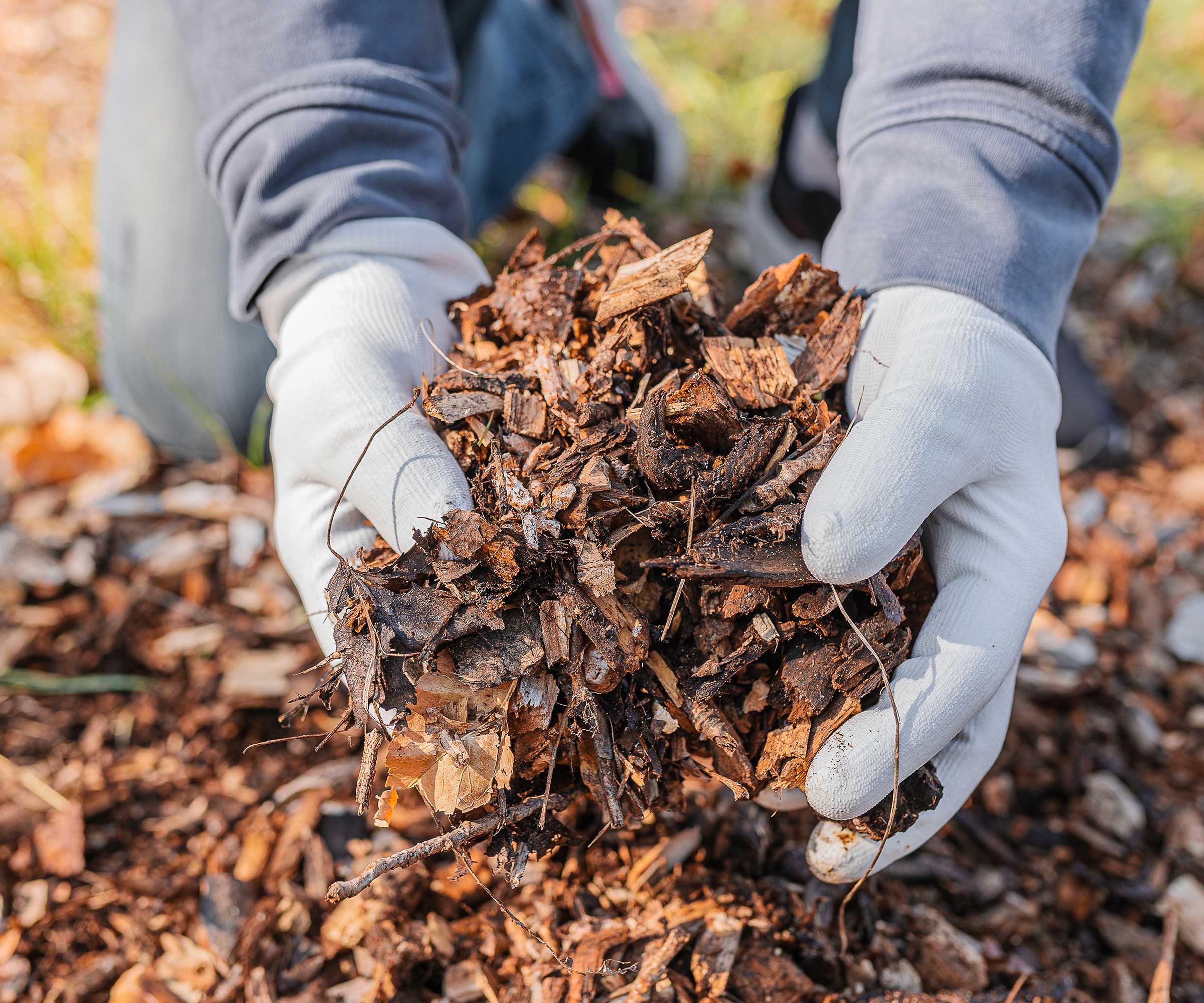
(Image credit: Larisa Stefanuyk / iStock / Getty Images Plus / Getty Images)
Mulching is a top priority on the fall gardening checklist, insulating plants ahead of frost. But, it can be easy to overlook your containers when it comes to putting mulch down.
‘You should mulch with shredded leaves or other organic types of mulching materials,’ says Lindsey.
This is especially important for protecting container plants from winter weather because they’re more susceptible to freezing than those planted in the ground.
‘Aim for about 3-4″ deep. That will help keep the soil warmer and protected from winter weather,’ advises Lindsey.
If you’re struggling to locate mulching materials in your yard, you can purchase mulch online, like this bark chip mulch on Amazon or these rounded coco coir mulch mats for containers from Amazon.
3. Not improving drainage

(Image credit: Malisa Nicolau via Getty Images)
You may think that stopping watering your container plants in the winter is enough to support their moisture needs, but it would be a big mistake to not take steps to ensure they have good drainage. This is especially true for the coldest, wettest winters.
‘Waterlogged soil freezes harder, which can damage roots and cause root death. You do not want your soil dry but also do not want standing water,’ explains gardening expert Rachel McClure.
For this reason, you should always select containers with drainage holes. If you have containers without drainage holes, you can add drainage holes to planters and put things in your planters to add drainage, like gravel from Amazon.
You can also elevate pots with pot feet (from Amazon) to improve drainage further.
‘Ensure you’re also using a potting or container mix for your soil, which is formulated to be well-draining,’ says Rachel. ‘And avoid placing containers where they will get direct rain runoff or snow sluff from your roof that may overwater your containers,’ she advises.
 Rachel McClure
Rachel McClure
Social Links Navigation
Gardening Expert
Rachel is the Washoe County, Nevada Master Gardener Coordinator for the Extension at the University of Nevada, Reno. She helps run the University of Nevada, Reno Extension Master Gardener program designed to teach research-based Nevada gardening practices to volunteers who in turn share this knowledge with their location communities.
FAQsWhere should I move containers for winter?
Ideally, you should move garden containers under cover for winter, unless you’re growing winter plants in them. This will keep spring and summer perennials, and the pots, in fit condition over the winter months. If you can’t provide a suitable sheltered spot, like a greenhouse or conservatory, consider winterizing your pots and moving them up against a wall of your house. The warmth of the wall will provide some extra insulation.
The same rule applies for winter window boxes, and for any pots you’re planning to put away for winter, our guide to storing terracotta pots in winter can help.
Shop winter container gardening accessories

These sophisticated concrete planters are an appropriate material for frost. They all have drainage holes.

This gardening burlap is perfect for wrapping containers in winter for extra insulation.

These beautiful gloves will not only keep your hands clean but also warm when winter gardening.
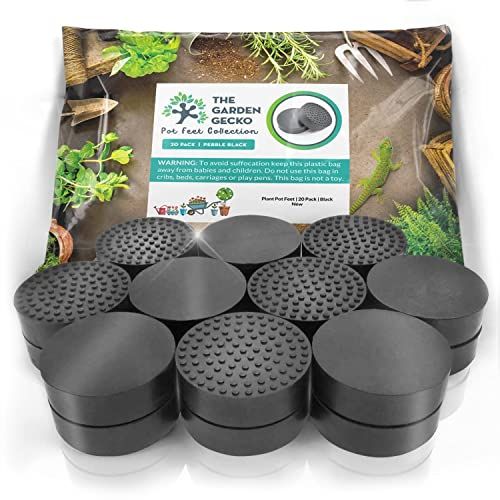
Pot Feet for Outdoor Pots
Use these pot feet to elevate pots, especially important for extra drainage in winter.

This potting mix is specially formulated for container gardening. It’s well-draining to ensure good moisture management.
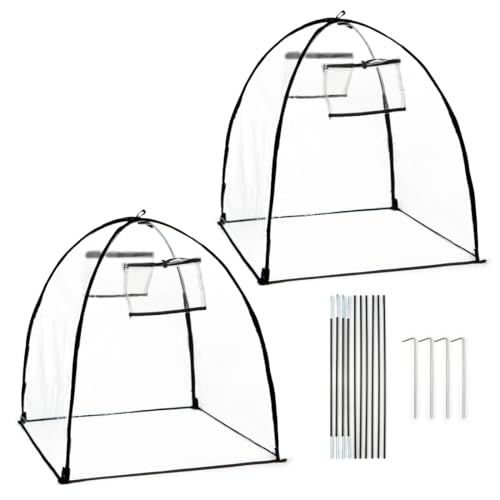
Use these plant frost covers to protect plants in pots. They measure 28x28x30″.


Comments are closed.